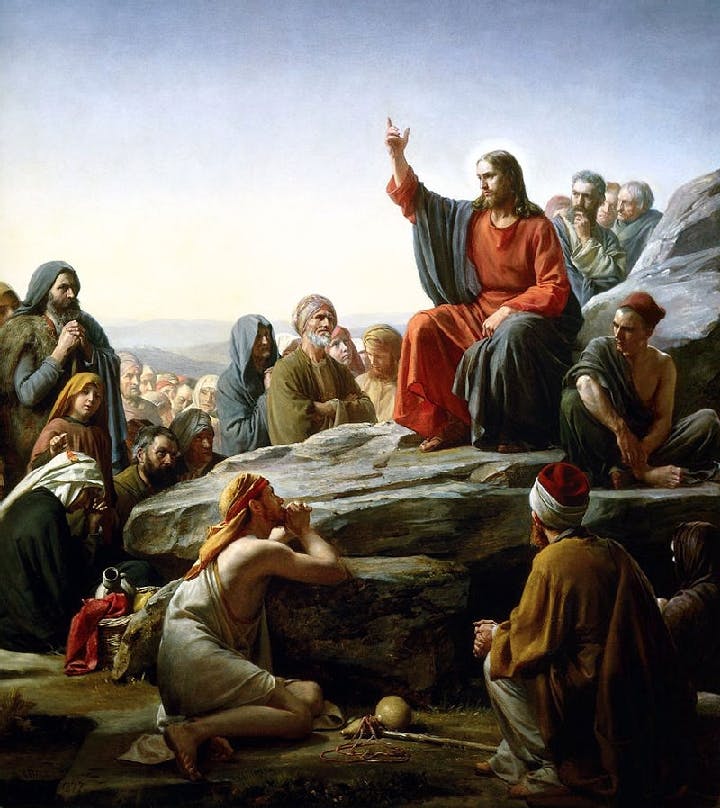Spring 2012
The First Jews for Jesus
– The Wilson Quarterly
What distinguished Jewish Christians from their Jewish counterparts?
Early Christianity took a while to gain a critical mass. Proclaiming the miracle of Jesus’s death and resurrection didn’t make Christ’s early followers Christians on the spot. These early converts were Jews, and into the second century AD some of them maintained a hybrid identity, obeying the laws of Moses but professing faith in Jesus.
What distinguished Jewish Christians from their Jewish counterparts? Few things on the surface, observes Geza Vermes, a professor emeritus of Jewish studies at Oxford University. They followed Jewish laws and customs and worshiped at temple. They even called themselves Jews.
But they departed from traditional Jewish practices in some telling ways. They followed Jesus in the “breaking of the bread,” a sacred meal intended to unite participants with Jesus, God, and one another. Jewish Christians also relinquished their belongings and property, living a communal lifestyle that was distinct from Jewish custom.
Keeping one foot in the Jewish tradition and one in a burgeoning religious movement proved difficult for Jewish Christians, especially when Gentiles (former pagans) began to convert to Christianity in droves around 40 AD. While early Jewish and Gentile branches of Christianity shared a number of beliefs, such as the eventual second coming of Christ, resurrection of the dead, and establishment of the Kingdom of God, they disagreed on many issues, including the importance of Jewish law and the authority and message of Jesus.
The conflict produced some revealing documents. One major Jewish Christian text from the first century, the Didache (also known as the Doctrine of the Twelve Apostles), treats Jesus as little more than a “charismatic prophet,” Vermes writes. In contrast, an important Gentile Christian work, the Epistle of Barnabas, written in the 120s AD, portrays Jesus as “a quasi-divine character” who has “existed since all eternity and was active before the creation of the world.”
In the first century, a council of apostles convened in Jerusalem to attempt to resolve the tensions between the branches. The council ruled that Gentiles would only have to obey select Jewish laws, such as those that prohibited offerings to idols, and could disregard others, such as the circumcision requirement. But Gentile Christians weren’t cowed. Buoyed by their growing numbers, they began to remake some aspects of the Jewish Christian experience to suit their preferences. The breaking of the bread became “a sacramental reiteration of the Last Supper,” now known to many Christians as Communion.
During the second century, the unique early brand of Jewish Christianity began to wane. Vermes writes that as Christianity spread across the Gentile Roman Empire and Jews were taxed in the Jewish-Roman wars, Jewish Christians “vanished, either rejoining the Jewish fold or being absorbed in the Gentile church.”
THE SOURCE: “Jews, Christians, and Judaeo-Christians” by Geza Vermes, Standpoint, Dec. 2011.
Photo courtesy of Wikipedia
